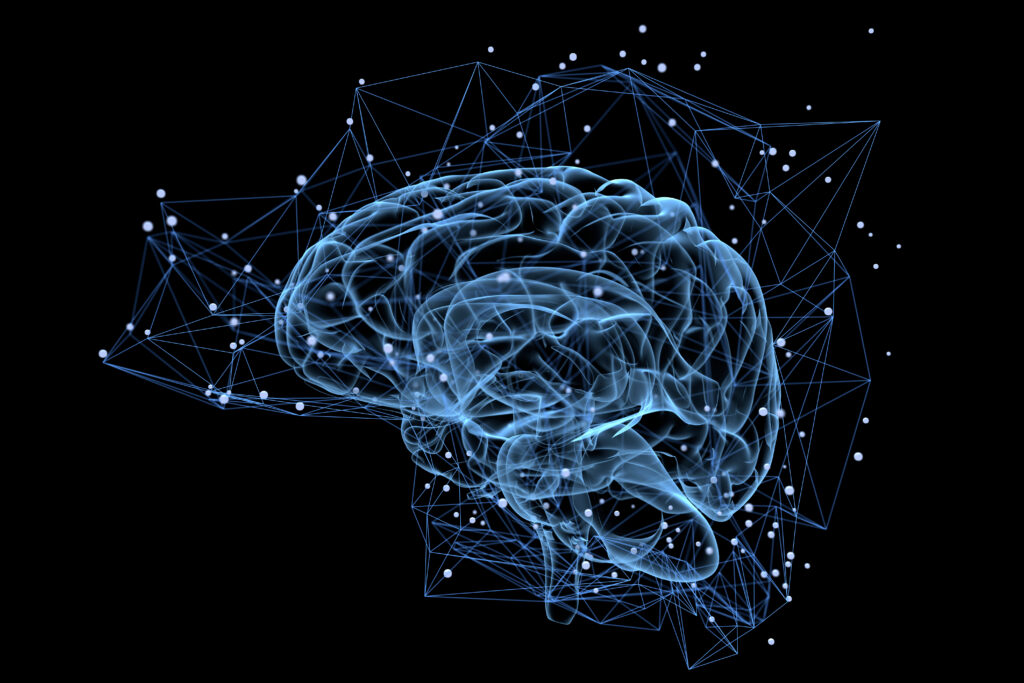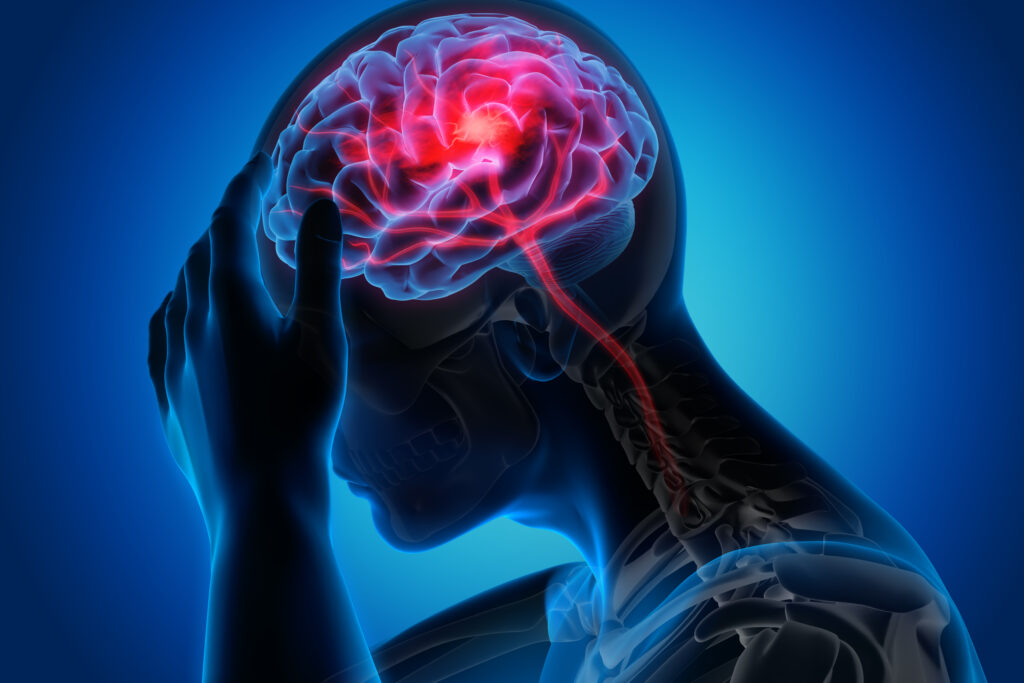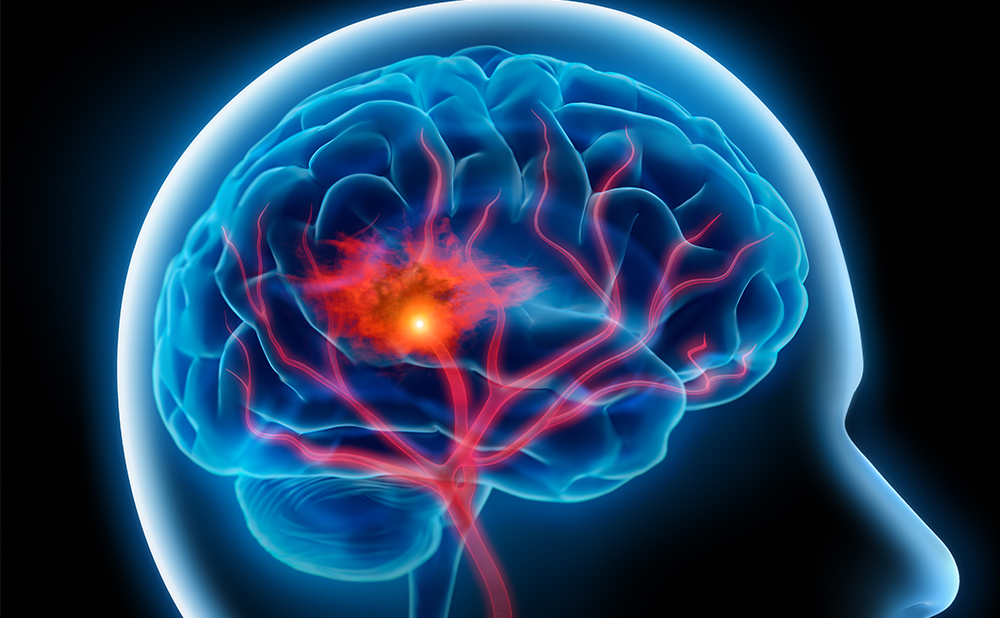Search Results
Showing Results for subarachnoid haemorrhage

The prevalence of unruptured intracranial aneurysms (IAs) is approximately 3% of the population, with incidence on the rise due to the increased utilization of neuro-imaging for diverse objectives.1,2 The average risk of rupture for unruptured IA is estimated to vary from 0.3% ...

A study published in The Lancet Neurology reveals a troubling stagnation in the progress against stroke burden worldwide, with incidence rates failing to decline significantly since 2015. This analysis of the Global Burden of Disease (GBD) Study 2021 shows that the absolute numbers of strokes, related deaths and disability-adjusted life years (DALYs) have all risen considerably from 1990 to 2021, despite earlier global efforts aimed at reducing stroke mortality

Studying cerebrospinal fluid (CSF) is essential for diagnosing many central nervous system (CNS) diseases, including infection, inflammation and malignancy. Lumbar puncture is a relatively safe and routinely performed procedure for extracting CSF.1 In this review, we summarize the essential CSF ...

Neuroprotective Strategies in Traumatic Brain Injury Peter JD Andrews Western General Hospital NHS Trust and University of Edinburgh, UK Any severe trauma to the brain results in the activation of a cascade of biochemical pathways and release of chemical mediators. ...

Targeted Temperature Management as the Standard of Care – Aligning Practice, Evidence and Guidelines
Scope of the fever problem in the neurological intensive care unitPresented by Stephan A MayerNeurocritical Care, Icahn School of Medicine at Mount Sinai, New York City, New York, US Fever-related brain injury in the neurological intensive care unit (NICU) has ...

Report from a Satellite Symposium held at the 28th Annual Congress of the European Society for Intensive Care Medicine, Berlin, Germany, 5 October 2015 Temperature management to avoid fever is standard practice in patients with traumatic brain injury (TBI), subarachnoid haemorrhage and ...

Spontaneous intracerebral haemorrhage (ICH) is defined as a focal collection of blood within the brain parenchyma or ventricular system that is not caused by trauma.1 It is a heterogeneous condition resulting from several distinct underlying vasculopathies. Several interacting and overlapping ...

Headache is the most common somatic complaint seen in the emergency department, accounting for 1 % to 3 % of all emergency department visits.1 Given the range of headache-related disorders, a systematic approach to headache classification and diagnosis is essential for best clinical management.2 ...

Cortical superficial siderosis (cSS) of the central nervous system is considered a rare condition, observed on gradient echo T2*- weighted magnetic resonance imaging (MRI) as a typical signal hypointensity outlining the brain surface. It is detected as a characteristic ...

Surgery for Occlusive Atherosclerotic DiseaseExtracranial-intracranial (EC-IC) bypass for revascularisation in the setting of atherosclerotic occlusive disease has remained a topic of intense interest and scrutiny over the last four decades. The underlying premise of EC-IC bypass in this setting is ...

Stroke is the second most common cause of death and a major cause of disability worldwide. Because of the ageing population, the burden of stroke is likely to increase during the next 20 years, especially in developing countries.1 The majority (85 %) of ...

Cerebral congophilic or amyloid angiopathy (CAA) is a clinicopathological entity that has been recognised since the early part of the 20th century.1 It is now considered a common cause of primary non-traumatic brain haemorrhage and traditionally it was described in ...

Amyloidoses encompass a heterogeneous group of disorders characterised by the accumulation and extracellular deposition of insoluble aggregates of misfolded fibrillar proteins termed amyloid, which can lead to tissue damage and organ dysfunction.1 They can be exceptionally rare or rather frequent, ...

A tremendous amount of research effort has been put into the understanding and treatment of delayed cerebral vasospasm and its sequelae, namely the development of delayed ischaemic neurological deficits (DIND), since it contributes significantly to overall morbidity and mortality after ...

The treatment of intracranial aneurysms, both ruptured and unruptured, has witnessed a dramatic improvement in outcomes made possible by continuous refinement in microsurgical technique alongside major technological developments and a growing understanding of the physiology of the brain under normal ...

Surgery for Traumatic Brain Injury Surgery for Traumatic Brain Injury The surgical treatment of traumatic lesions in head injury can be challenging and complex, both in terms of indication and technique. Most procedures in neurotrauma are, however, performed by young ...

Primary angiitis of the central nervous system (PACNS) fascinates by the multiplicity of its clinical manifestations, the complexity of its investigation, and the extensiveness of its differential diagnosis (see Table 1). Immunosuppressive therapy is central in the management of PACNS, but ...
Latest articles videos and clinical updates - straight to your inbox
Log into your Touch Account
Earn and track your CME credits on the go, save articles for later, and follow the latest congress coverage.
Register now for FREE Access
Register for free to hear about the latest expert-led education, peer-reviewed articles, conference highlights, and innovative CME activities.
Sign up with an Email
Or use a Social Account.
This Functionality is for
Members Only
Explore the latest in medical education and stay current in your field. Create a free account to track your learning.

